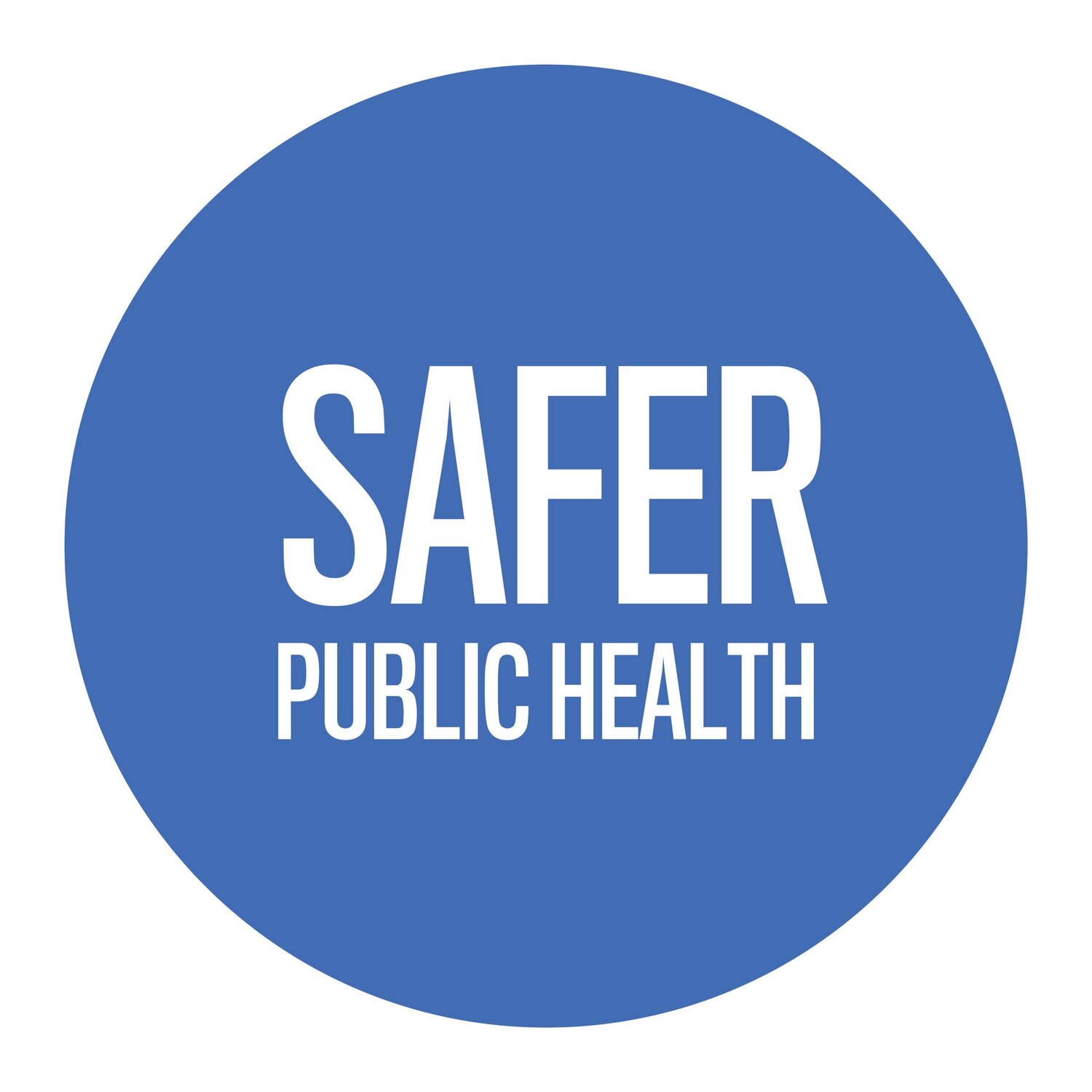Be Safer When You Vote In Person
Election Day has arrived! Voting looks different this year. More than 93 million people have already voted with absentee or early voting. Millions more are now headed to the polls.
According to public health research, voting during the pandemic is safe with appropriate precautions. Research supported by the Robert Wood Johnson Foundation found that in-person voting during the 2020 primaries did not show worsening of the COVID-19 pandemic--no measurable increase in cases attributable to in-person voting.
The best thing to do is to be prepared with a plan to vote and take care of yourself, in case you have to wait. Here are some tips to keep yourself, your family, fellow voters and election workers safer during in-person voting.
Before You Go – Be Prepared
Check that you are registered on your state board of elections website (can be linked from USA.gov). Know the rules for your state. Even if you are not registered you may register same-day in many states or vote via provisional ballot.
Find a sample ballot for your area from your state board of elections or Vote411.org. Know what candidates and ballot questions are on the ballot and how you will vote.
Check where your polling place is and plan how you will get there. Avoid crowded public transport if possible. If not, mask up and space out.
Find out what accommodations are being made for the elderly or people with disabilities, if needed.
Bring What You Need With You
Masks. Wear a mask and bring an extra mask, in case your primary one gets damaged. Masks should be surgical or 2+ layers of cotton cloth.
Hand sanitizer
Black ball point pen
Any necessary documentation, including registration materials or ID, depending on your state. Bring your ID even if not required--not all poll workers are well trained.
Water and a snack, especially if you are at risk for dehydration or low blood sugar.
Your sample ballot filled out, if you had one.
Avoid bringing children or non-voting dependents, if possible, to decrease crowding
Wear clothes and footwear appropriate to the weather and wait time. The high temperature in parts of Arizona was in the 90’s this week, while the low temperature in parts of Pennsylvania were in the 30s with wind and snow, feeling like the 20’s.
Consider bringing a voting buddy, if you have another voter in your household, especially if you need help with mobility or communication.
A stylus, if there is electronic voting in your area.
A fully charged phone and a charger.
At Your Polling Place — Be Efficient
Try to vote during less-busy times, usually early morning. There are websites in some states and counties that can tell you the wait times at your polling place. You may be able to wait in the car for the line to decrease.
How to get there? Avoid crowded public transport. If public transport or ride share is your only option, wear your mask, space out and open a window, if possible.
Stay at least 6 feet apart from other people as much as possible in line and in the polling place, even if you are wearing a mask.
Be careful and efficient when you actually cast your ballot, paper or electronic. Ask for help if needed.
Wash your hands or use hand sanitizer before entering and after leaving the polling location.
Stay Safer While Working or Volunteering on Election Day
If you are working or volunteering in-person on Election day, take precautions to keep you, your families, voters and fellow workers safe. The Centers for Disease Control and Prevention, states and counties have put out guidance for polling locations. https://www.cdc.gov/coronavirus/2019-ncov/community/election-polling-locations.html
Do not go to work, if you are ill or have been exposed to someone with COVID-19.
Wear a mask (Surgical or at least 2-3 layers of cloth. N95 or KN95 are even better, if available.)
Wear protective eyewear and/or face shield, gloves.
The facility should provide hand sanitizer, sanitizing wipes, plexiglass shields and other protective equipment for workers.
The facility should maximize spacing and ventilation.
The jurisdiction should make appropriate accommodations for the elderly, people with mobility challenges, visual or hearing impairment.
Remind voters and fellow workers to stay at least 6 feet apart.
If you are driving voters to the polls, wear your mask, open windows, keep the number of riders to a minimum. Clean surfaces.
Employers Can Help With Safer Voting
Employers can make election day a holiday.
Employers can provide leave or a flexible work schedule to allow employees to vote during less busy times of day.
Employers can encourage their employees to take appropriate precautions to vote safely.
Overall, in-person voting is safe and can be made safer by being prepared and taking appropriate precautions: Masking, social distancing, avoiding crowds.
Stay safe. Be prepared. Vote.
